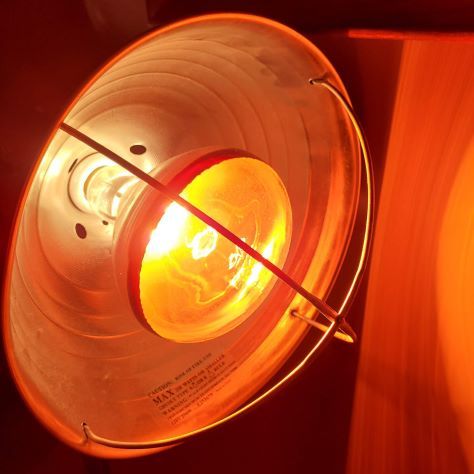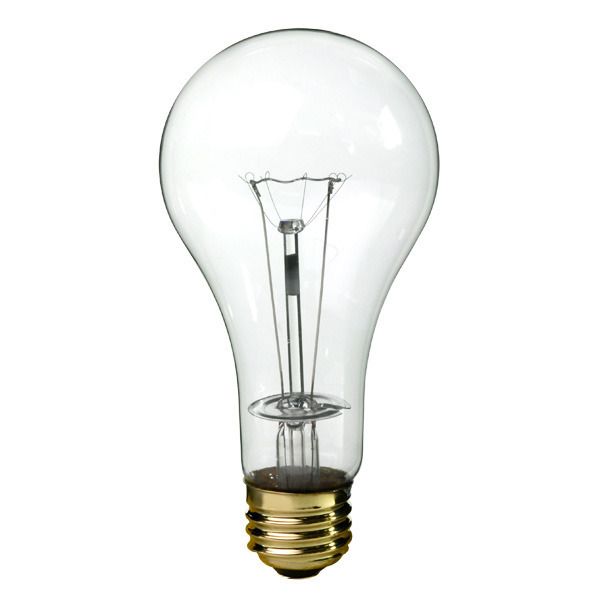TikTok Biohacker Tests Red Light Chicken Lamps, Claims They Are Ineffective
-
Ray recommended 250–500 watt heat lamps—up to 3 at once in the winter—as an effective source of red light. Many on the old forum, including myself, use the Philips 250 Watts R40 Brooder Incandescent Heat Bulb housed in a Bayco brooder clamp.

Dan Wich from toxinless.com & selftestable.com uses the PLT 200PS30 (200 Watts) bulbs, which I also own. This setup—with either bulb—I have used since 2016.
Recently, med student/tiktok influencer Eviba Carter tested a 250-watt chicken bulb, based on its ability to irradiate 20 J/cm^2 (his measure for minimal therapeutic dose). He calculated that these bulbs take over 55 hours to give off 20 J/cm^2, and claims the expensive red light therapy devices produce "100 times as much red light while using only half the power; with this, at 1 foot away, I'd get [that] dose in 33 minutes."
The TikTok: TESTED cheap chicken bulb for red light therapy
What do you think? Is this methodology sound; missing anything? Are there benefits to the chicken heat lamps he is neglecting? Is his standard for determining therapeutic dose valid? Or should we move away from the economic option and opt for the investment into targeted red light devices?
-
@Jojiswims said in TikTok Biohacker Tests Red Light Chicken Lamps, Claims They Are Ineffective:
Philips 250 Watts R40 Brooder Incandescent Heat Bulb
[ray said many many times CLEAR BULB 250WATT 130VOLT. 130 VOLT BULB ON A 120VOLT POWER SOURCE BECAUSE THEY PUT OFF LESS HEAT AND MORE READ LIGHT. ANYONE SAYING RED COLORED GLASS BULB SOMEHOW MISSED THE MANY TIMES RAY SAID CLEAR BULB 130VOLT. I think ray liked being in the bright light NOT RED LIGHT ONLY because he wasn't a TIKTOK BIOGAYER]
-
@FOR-THE-POTATO [ALSO, RAY SAID MANY TIMES THAT LED RED LIGHT DEVICES ARE RISKY BECAUSE OF THE NARROW SPECTRUMS. THAT'S WHY HE SAID TO USE 250WATT 130VOLT CLEAR BULBS. ALSO, THIS IS VERY COMMON KNOWLEDGE AFTER LISTENING TO RAY'S INTERVIEWS AND READING HIS WORK. ]
-
That's why I included and tested the bulbs recommended by Dan Wich, the 200-watt PS30 incandescent, but I noticed feeling subjectively better with the R40 red bulb, so mostly stuck with that. Perhaps the extra heat given by the R40 was good for me during the winters, adding to the perceived benefit over the clear PS30.

-
I definitely wouldn't base my decision or research on what a random TikToker has to say, even if they pitch out math as their evidence.
In a situation like this my suggestion is to hunt down more professional research.
As for infra red vs narrow range red vs incandescent, there's a few differences obviously, each one has it's rightful place for certain folks.